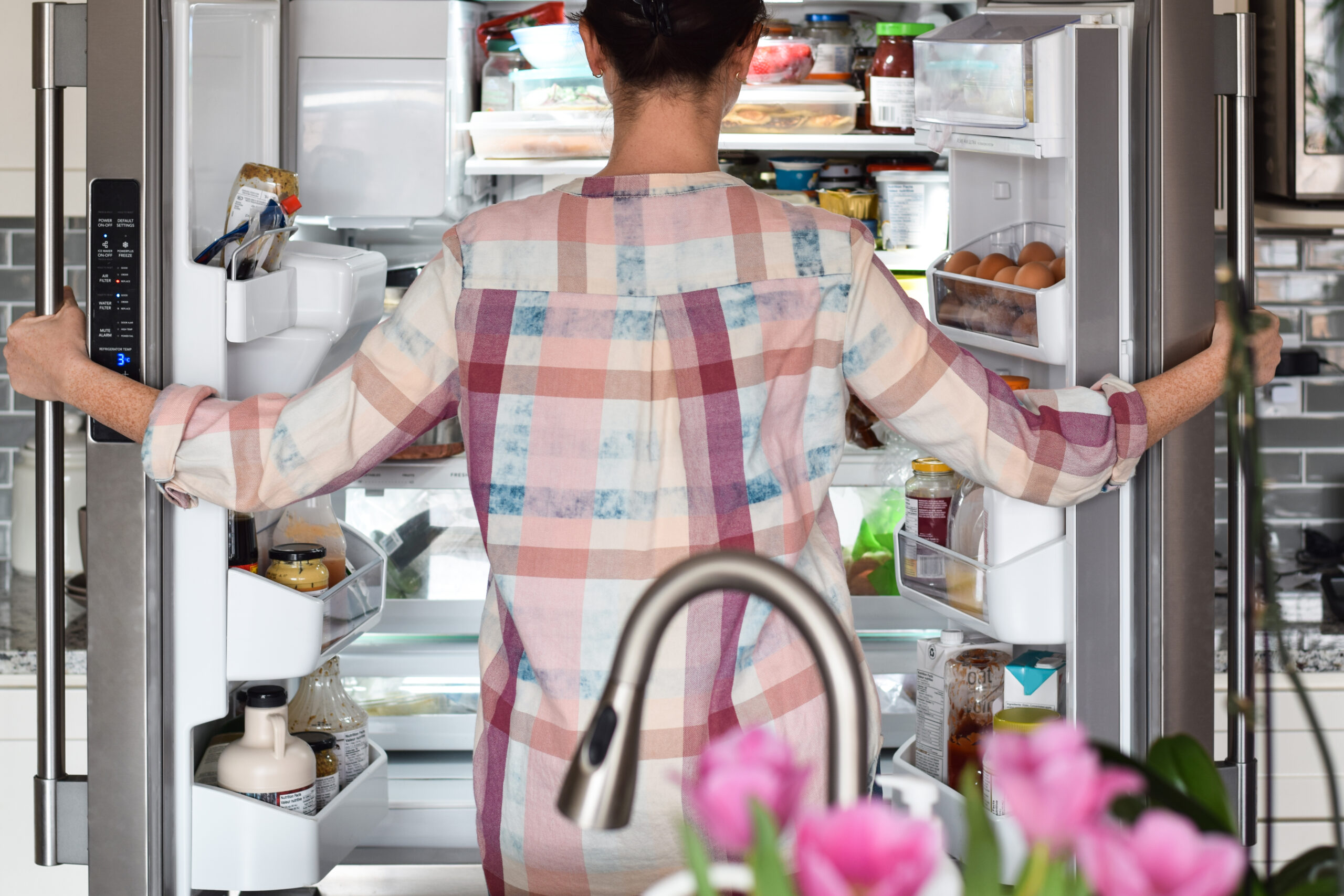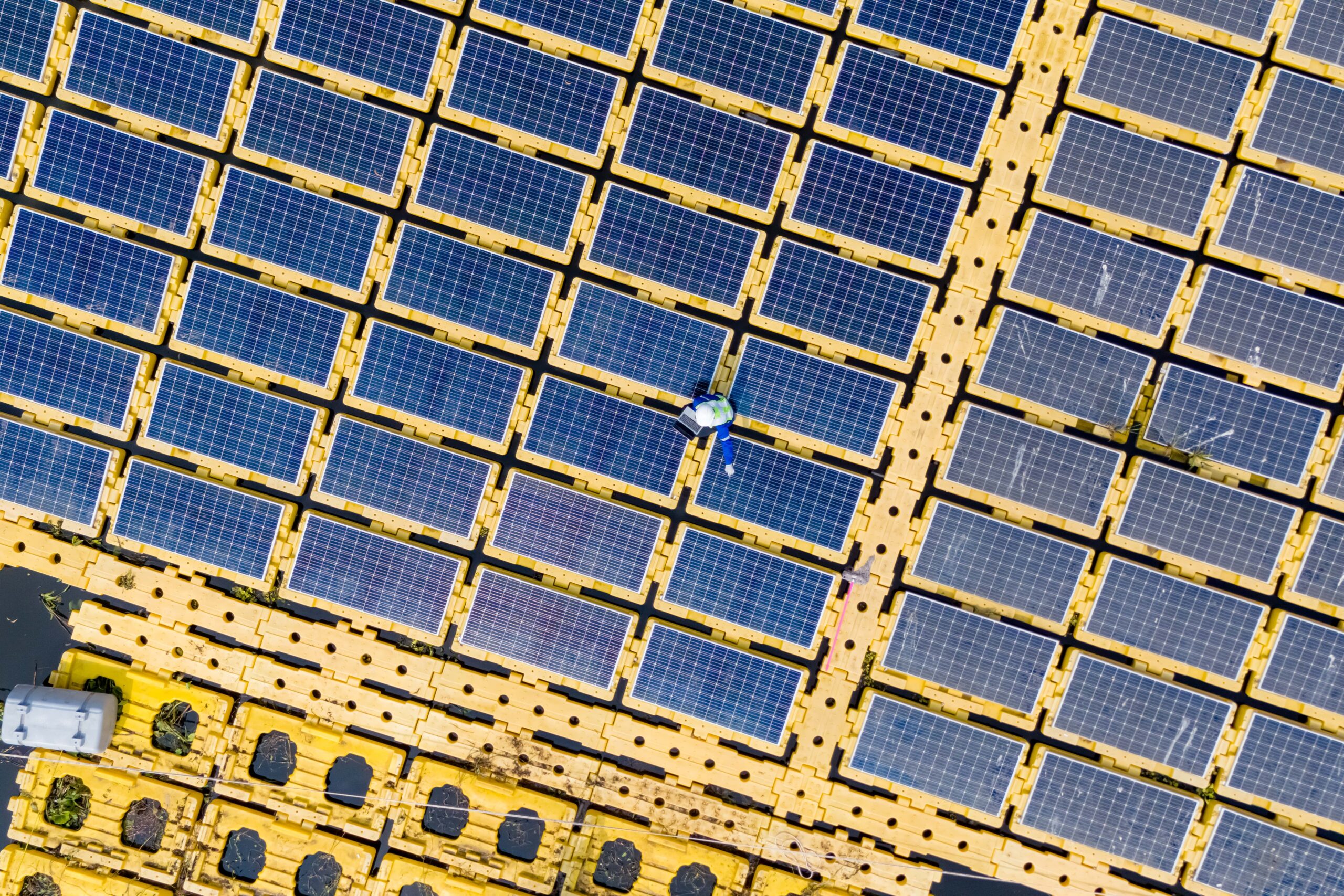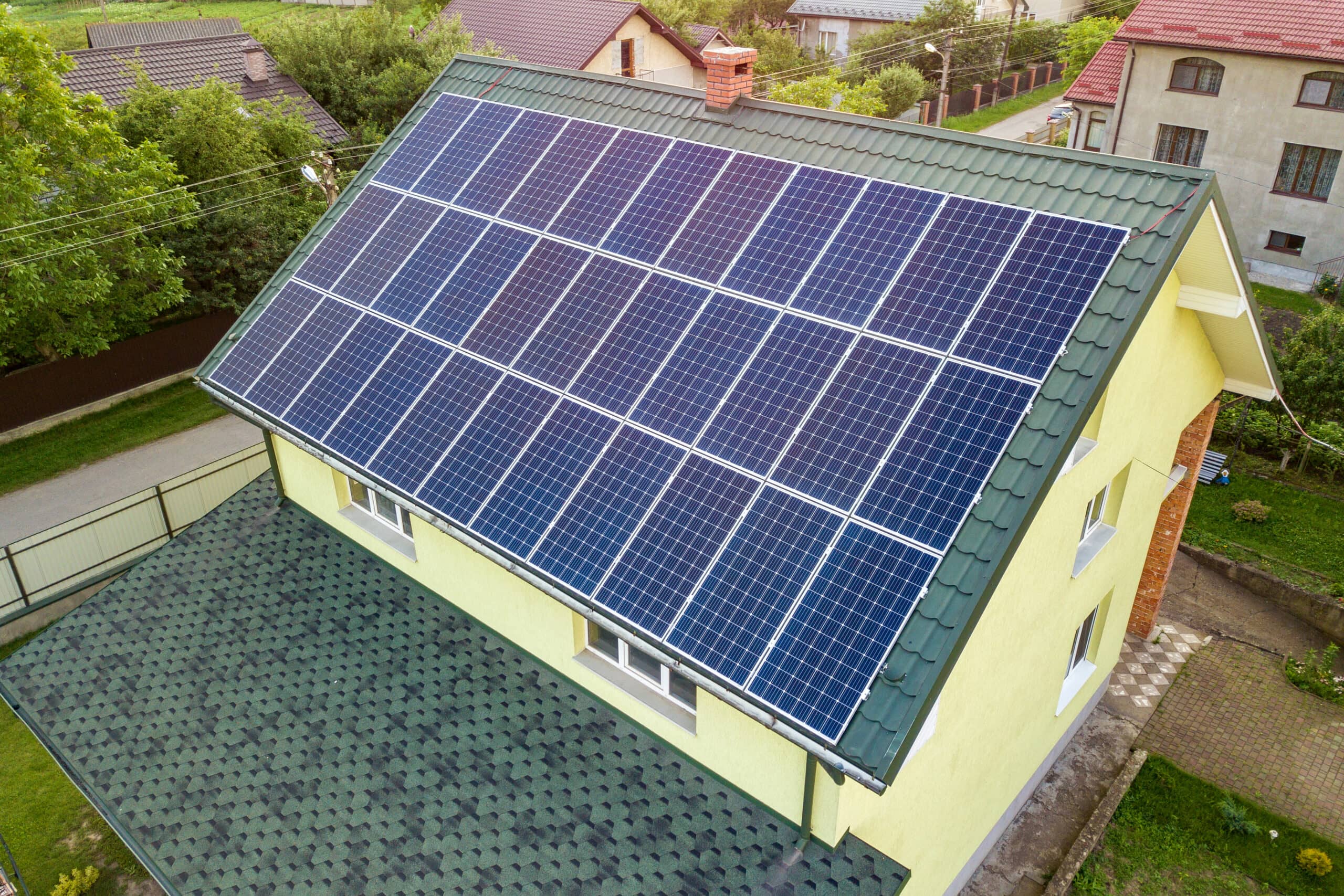While refrigerators are vital for keeping food fresh and safe, their constant energy consumption can contribute significantly to your electricity bill and environmental footprint. But what if you could tap into a renewable source like the sun to power your fridge? Believe it or not, utilizing solar energy to run your refrigerator is possible. . This guide will explore the exciting world of solar-powered refrigerators, exploring the components needed, the factors to consider, and the benefits of making this sustainable switch.
Typical Refrigerator Wattage
Understanding the wattage of a refrigerator is crucial for managing energy consumption and electricity bills. Knowing the typical wattage, you can make informed decisions about your energy usage and find ways to maximize efficiency. It’s all about being smart and saving money!
What is Refrigerator Wattage?
Wattage is a way to measure the amount of electrical power that a device, like a refrigerator, consumes. It tells us how much energy the fridge uses per unit of time. The unit of measurement for wattage is called watts, named after James Watt, the Scottish inventor.
Now, when it comes to refrigerators, their wattage can vary depending on a few factors. One of the main factors is the size of the fridge. Larger refrigerators generally require more power to cool and maintain the desired temperature. Additionally, the age of the refrigerator can also play a role. Older models tend to have higher wattage because they may have different energy-efficient technologies than newer models.
It’s important to note that manufacturers provide an estimated wattage for their refrigerators, which can give you an idea of how much energy they consume. However, remember that the actual wattage can vary based on factors like the temperature settings, how often the refrigerator is opened, and even the refrigerator’s location in your home.
Understanding the typical wattage of a refrigerator is essential for managing energy consumption and keeping those electricity bills in check. Knowing the wattage, you can make informed decisions about your energy usage and find ways to maximize efficiency. For example, suppose you have an older refrigerator with high wattage. In that case, consider upgrading to a newer, more energy-efficient model. This can help you save money in the long run and reduce your environmental impact.
So, whether you’re looking to invest in a new refrigerator or want to be more conscious of your energy usage, knowing the typical wattage of a refrigerator is a great starting point. It empowers you to make choices that align with your energy conservation and cost savings goals.
Factors Affecting Refrigerator Wattage
When it comes to refrigerator wattage, there are a few key factors that can influence it:
1. Size of the refrigerator: Generally, larger refrigerators require more power to cool because they have a larger volume to keep cold. So, if you have a big fridge, it’s likely to have a higher wattage than a smaller one.
2. Age of the refrigerator: Older models tend to have higher wattage because they may have different energy-efficient technologies than newer models. As technology advances, manufacturers have created more energy-efficient refrigerators, helping reduce their wattage and save on electricity bills.
3. Energy efficiency rating: The Energy Star rating indicates a refrigerator’s energy efficiency. Refrigerators with higher Energy Star ratings are designed to consume less power while providing optimal cooling performance. Choosing a fridge with a higher Energy Star rating can help lower the wattage and save energy and money in the long run.
By considering these factors, you can make informed decisions when purchasing a new refrigerator or assessing the energy consumption of your current one. It’s all about balancing size, age, and energy efficiency to meet your needs while minimizing energy usage.
Typical Range of Refrigerator Wattage
The wattage ranges of refrigerators can vary depending on size, age, and energy efficiency rating.
For low-end refrigerators, the wattage can range from around 80 to 120 watts. These models may have smaller capacities and be less energy-efficient than higher-end options.
Medium-range refrigerators usually have wattages ranging from 120 to 200 watts. These models often offer a good balance between size, energy efficiency, and affordability.
On the other hand, high-end refrigerators can have wattages ranging from 200 to 400 watts or more. These models often have larger capacities, advanced features, and higher energy efficiency ratings.
Remember, these wattage ranges are just general estimates and can vary depending on the specific make and model of the refrigerator. It’s always a good idea to check the manufacturer’s specifications for the exact wattage of a particular refrigerator you’re interested in.
Importance of Knowing Refrigerator Wattage
Knowing the wattage of your refrigerator is super important because it helps you estimate how much energy it consumes. This allows you to assess your energy usage and manage the power generated by your solar panels. By choosing energy-efficient models, you can reduce your overall energy consumption, which helps you save money and positively impacts the environment. Energy-efficient refrigerators are designed to use less electricity without compromising performance, so it’s a win-win situation!
How to Find the Wattage of Your Refrigerator
Finding the wattage information of your refrigerator is straightforward. You can start by checking the manufacturer’s label, usually on the back or inside the fridge. It should provide you with the wattage details. If you are still looking for it there, refer to the user manual, which often includes this information.
When interpreting the wattage, it’s essential to understand that it represents the power your refrigerator uses. The higher the wattage, the more electricity it consumes. Choosing a fridge with lower wattage or an energy-efficient model is wise if you want to manage your energy consumption and reduce your bills. It’s all about finding that balance between performance and energy efficiency!
Maximizing Refrigerator Efficiency
To ensure optimal performance and energy savings, it’s essential to implement strategies for maximizing the efficiency of your refrigerator. By following these tips, you can minimize energy consumption while preserving the freshness of your food:
1. Maintain Proper Temperature Settings: Set your refrigerator to the recommended temperature range of 37 to 40 degrees Fahrenheit (or 3 to 4 degrees Celsius) and your freezer to 0 degrees Fahrenheit (-18 degrees Celsius). These temperatures ensure food safety while minimizing energy usage.
2. Keep the Refrigerator Well-Stocked: A well-stocked refrigerator helps maintain stable temperatures more effectively than an empty one. However, avoid overfilling the fridge, as overcrowding can restrict airflow and reduce efficiency.
3. Organize and Seal Food Properly: Store food items in airtight containers or sealed bags to prevent moisture loss and maintain freshness. Proper organization allows for efficient airflow and temperature distribution throughout the refrigerator.
4. Regularly Clean and Defrost: Clean the interior of your refrigerator regularly to remove spills, crumbs, and food residues. Additionally, defrost freezers manually to prevent ice buildup, which can decrease energy efficiency.
5. Check Door Seals for Leaks: Inspect your refrigerator’s door seals (gaskets) regularly to ensure they are clean and damage-free. Tight, intact seals prevent cold air from escaping and warm air from entering the refrigerator, reducing energy waste.
6. Minimize Door Opening and Closing: Limit the frequency and duration of refrigerator door opening to prevent cold air loss. Plan and retrieve multiple items at once to minimize unnecessary door openings.
7. Allow Sufficient Airflow Around the Refrigerator: Position the refrigerator away from heat sources such as ovens, dishwashers, and direct sunlight. Adequate ventilation around the appliance promotes efficient heat dissipation and prevents overworking of the compressor.
8. Regularly Check and Replace Filters: If your refrigerator has water or ice dispensers, check and replace the filters as the manufacturer recommends. Clogged filters can reduce water flow, leading to increased energy consumption.
9. Consider Energy-Saving Features: Take advantage of energy-saving features available on modern refrigerators, such as vacation mode, which reduces energy usage when the appliance is not in regular use.
By implementing these tips for maximizing refrigerator efficiency, you can optimize energy usage, reduce electricity bills, and extend the lifespan of your appliance. Maintaining an energy-efficient refrigerator contributes to environmental conservation by reducing carbon emissions and energy consumption.
To sum it all up, understanding the wattage of your refrigerator is essential for managing your energy consumption and knowing if your solar system can power it. By checking the manufacturer’s label or user manual, you can find the wattage information for your fridge. Remember, higher wattage means more electricity usage.
Assess your refrigerator’s wattage and consider upgrading to energy-efficient models. These fridges use less electricity without compromising performance. So, make an informed choice to save energy. Your wallet and the environment will thank you!






